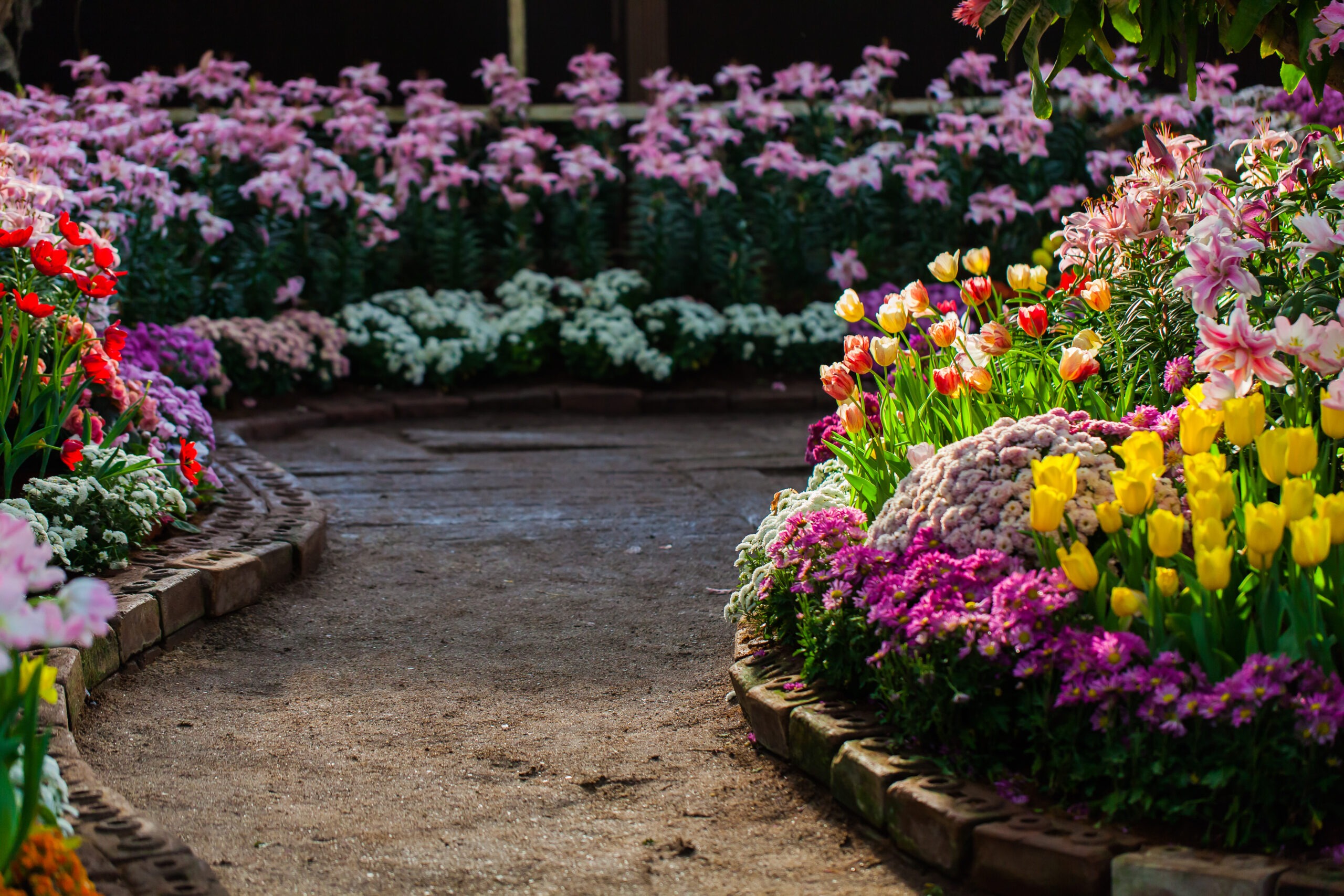As winter blankets our gardens with its frosty embrace, now is the time for gardeners to focus on the often overlooked but critical aspect of soil preparation for the coming growing season. In this blog post, we’ll look at six essential tips for winter garden preparation, with a focus on soil enrichment and planning to ensure a thriving and bountiful garden come spring.
1. Soil Testing: The Foundation of Success.
Before beginning any soil enrichment journey, it is critical to understand the current state of your soil. A comprehensive soil test will reveal information about nutrient levels, pH balance, and other critical factors. With this information, you can tailor your soil enrichment efforts to target specific deficiencies, laying the groundwork for a successful growing season.
RELATED: DIY Soil Testing: Ensuring Your Plants Thrive with Optimal Nutrients
2. Mulching to improve insulation and nutrient retention
Winter can be harsh on the soil, resulting in erosion and nutrient depletion. Applying a layer of organic mulch to your garden beds insulates the soil and protects it from extreme temperatures. Mulch also serves as a nutrient reservoir, keeping essential elements from leaching away during winter rains. Choose materials like straw, leaves, or compost to build a protective barrier that will pay off in the spring. Checkout our best-selling mulch here
3. Composting: Nature’s Gold
Winter is an ideal time to begin or intensify your composting efforts. Gather kitchen scraps, fallen leaves, and yard waste to make nutrient-dense compost. Adding compost to your garden beds improves soil structure, promotes water retention, and introduces beneficial microorganisms. Aim for a balanced mix of green and brown materials, and turn the compost frequently for optimal decomposition.
Turn your Kitchen scraps into gold for your plants with our advanced composter
4. Cover cropping: Green Manure for Healthy Soils
Consider planting cover crops in the winter to serve as “green manure.” Cover crops, such as winter rye or clover, protect the soil from erosion, suppress weeds, and add valuable organic matter when tilled in the spring. This practice not only improves soil fertility, but it also promotes a more sustainable and resilient garden environment.
5. Rotate crops to disrupt pest cycles
Crop rotation is a strategic approach to pest and disease control. Rotate plant families throughout your garden to disrupt the life cycles of soil-borne pests and diseases. This method lowers the risk of infestations while also improving overall soil health by preventing the depletion of specific nutrients.
6. Plan your garden layout
As you work on soil enrichment, plan your garden layout for the coming season. Consider sunlight exposure, water availability, and plant maturity. Proper planning ensures that space is used efficiently, that plant competition is minimized, and that each crop’s growing conditions are optimized.
In conclusion, winter is a time to prepare the garden for a productive spring rather than resting completely. By incorporating these soil enrichment and planning tips into your winter garden prep routine, you’ll lay the groundwork for a thriving garden that rewards your efforts with healthy plants, plentiful harvests, and a more sustainable and resilient growing environment.

